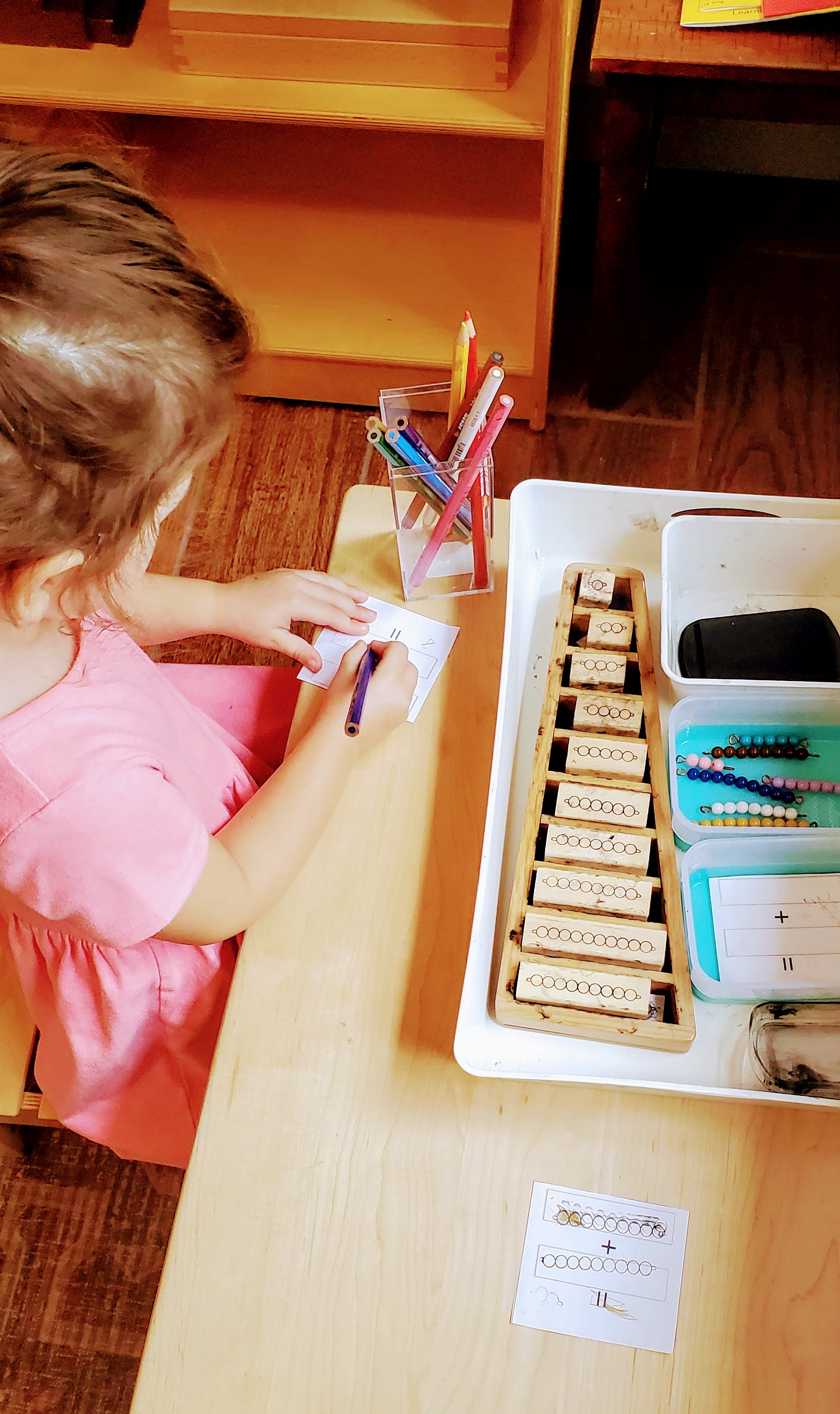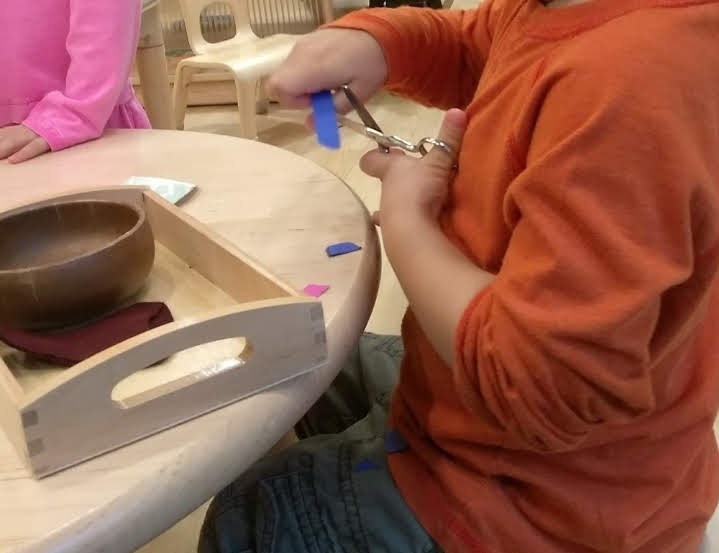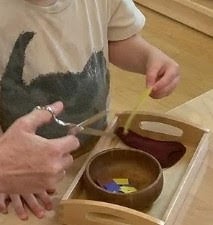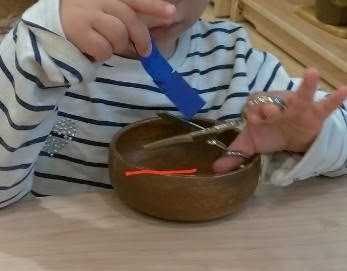Suggested Activities:
Let’s learn all about worms and their important work!

DIY Wormery Project: Make Your Own Wormery!

The Montessori School of Essex
Nurturing Independent Global Citizens
Suggested Activities:
Let’s learn all about worms and their important work!

DIY Wormery Project: Make Your Own Wormery!
Suggested Activities:
Children’s hands need work. Their hands love to open/close, squeeze, pinch, pull, push, etc. Let’s satisfy this need with purposeful work they enjoy. Clay, playdough, and biscuit work strengthen their hands, aid in the development of their senses, language, and kinesthetic learning. In the beginning, children make spheres and coils, pinch apart into little pieces, and taste (mouthing). Later, it’s about using rolling pins, cookie cutters, creating sculptures, making pots and bowls, and cooking.
Clay:
Sculptor’s clay is best. Use a firm clay that becomes soft when it is warmed up with your hands. This is a great workout for children’s hands and will become easier as their hands become stronger.
Playdough Recipe: Easy to manipulate and very good for children still discovering with their mouth.
Biscuit Recipe: The best work for children (walking steady-onward), you see the biggest smile because it is the most rewarding!
Suggested Activities:
General Area
Activities for eye-hand coordination
Age
Around 18 months and older
Material Description
Basket, scissors, scissor case, card stock strips, tiny envelope (railroad paper or heavy card stock), and a letter holder box
Presentation or Usage
*The adult sits on the child’s dominant side (usually right side). This enables the child to see your hands.
Extension- cuttings are used in a gluing collage or bedding for a hamster or guinea pig



Suggested Activities:
General Area
Age
Material Description





Suggested Activities:
Pattern and sorting activities aid in the development of decoding, ‘what happens next’, early literacy, problem solving, and feeds a child’s mathematical mind. Activities can be done through paintings, drawings, gluing, bead stringing, laundry, emptying the dishwasher, setting the table, and of course nature. Below are some simple ideas to get started:






